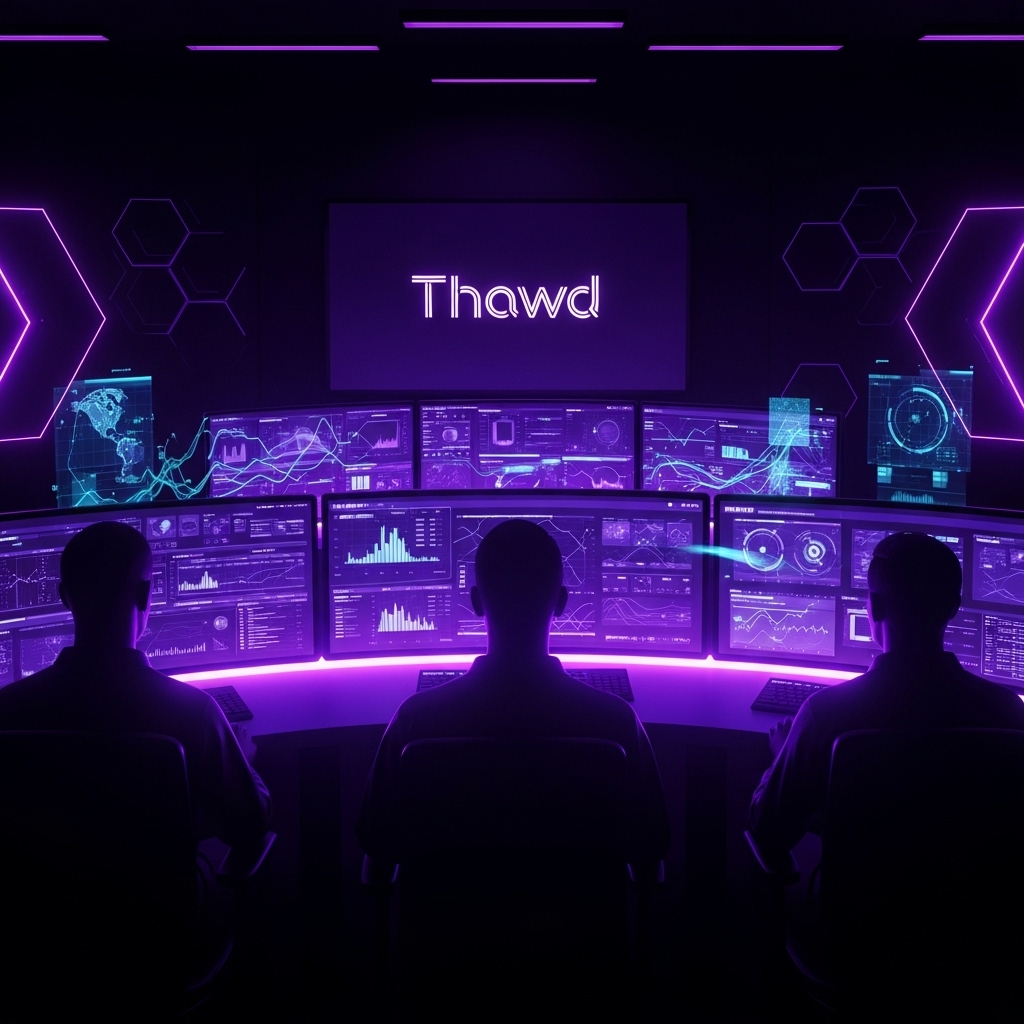A modern security operations center (SOC) relies on a variety of tools to monitor for threats, from SIEMs to EDRs. The problem? Each of these tools often speaks its own unique query language. A detection rule written for Splunk won't work in Microsoft Sentinel, and a rule for Elastic won't work in QRadar.
This creates a significant challenge for security teams, making it difficult to share threat intelligence and costly to switch security platforms. Thankfully, a simple and powerful open-source standard has emerged to solve this problem: Sigma rules.
What Are Sigma Rules?
Sigma is an open-source, generic, and vendor-neutral format for writing threat detection rules. Think of a Sigma rule as a master recipe for identifying malicious behavior. You write the detection logic once in the simple, standardized Sigma format, and it can then be automatically translated into the specific query language for dozens of different security tools.
The core principle is powerful: Write once, detect everywhere.
This allows a security analyst to describe a threat pattern—like a specific command used in a ransomware attack—in a way that isn't tied to any single product. That single Sigma rule can then be shared and used by any organization, regardless of their security vendor.
Why Sigma Rules Are a Game-Changer for Security Teams
Adopting Sigma brings immediate and significant advantages to any security program.
- Breaking Free from Vendor Lock-In: With Sigma, your detection logic is no longer trapped in a proprietary format. Migrating to a new SIEM becomes dramatically easier, as you can simply convert your existing library of Sigma rules to the new platform's format.
- Powering Community-Driven Defense: Sigma has created a global community of security professionals who share detections. When a new threat emerges, a researcher can publish a Sigma rule, and defenders worldwide can immediately use it to protect their organizations.
- Standardizing Detection Engineering: It provides a consistent and structured format for creating and documenting detections. This streamlines the detection engineering lifecycle and makes it easier for team members to collaborate on building and maintaining rules.
How Sigma Works: From Logic to Action
The process of using Sigma is conceptually straightforward and powerful.
- Write the Rule: A detection engineer writes a rule in the simple YAML format, defining what to look for (the detection logic), what log sources to check, and other metadata like a link to the relevant MITRE ATT&CK technique.
- Convert the Rule: The YAML rule is processed by a converter tool, which translates the generic logic into a specific query.
- Deploy the Query: The resulting query is ready to be deployed directly into the target security tool (like Splunk, Sentinel, etc.) to begin monitoring for the threat.
Conclusion
Sigma rules are more than just a file format; they represent a fundamental shift toward a more open, collaborative, and efficient approach to threat detection. By providing a universal language for defenders, Sigma empowers security teams to break free from vendor constraints, leverage the power of the community, and ultimately build a faster, more effective defense against evolving cyber threats.
Validating Your Detections: The Critical Last Step
Creating a detection rule with Sigma is the first step, but how do you know it actually works in your environment? The final, critical step is validation.
At Thawd, our Breach and Attack Simulation (BAS) platform, SimLight, is the perfect tool for this job. After you deploy a detection based on a Sigma rule, SimLight can safely execute the exact adversary technique the rule is designed to catch. This provides immediate, real-world confirmation that your detection is configured correctly and your security tools are generating the alerts you expect, closing the loop on your detection engineering lifecycle.
Related articles


What is SOC Readiness?

What is Adversary Emulation?

See Thawd In Action







